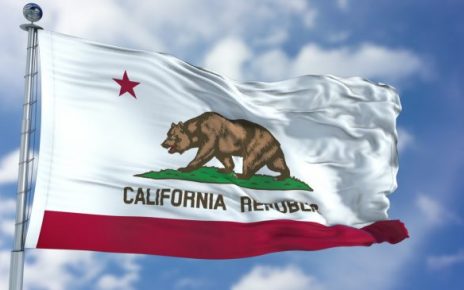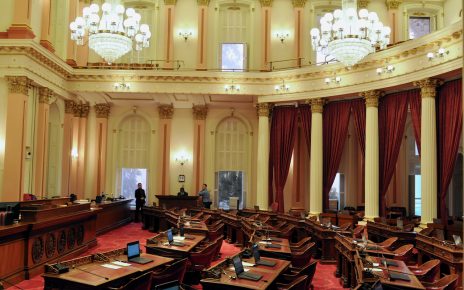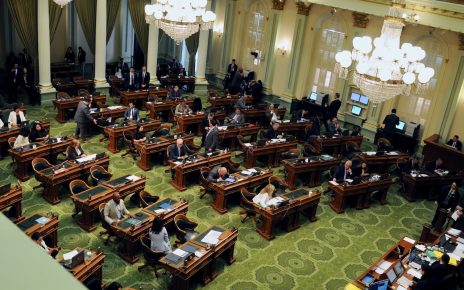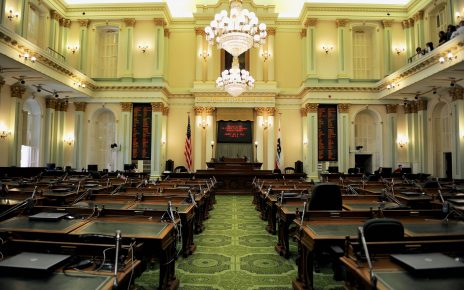California Legislature: Concurrence in Bill Amendments
As the California Legislature is a bicameral body, after a bill has been passed by its house of origin, it is transmitted to the other house for further consideration. If the second house makes amendments to the bill, then the...





